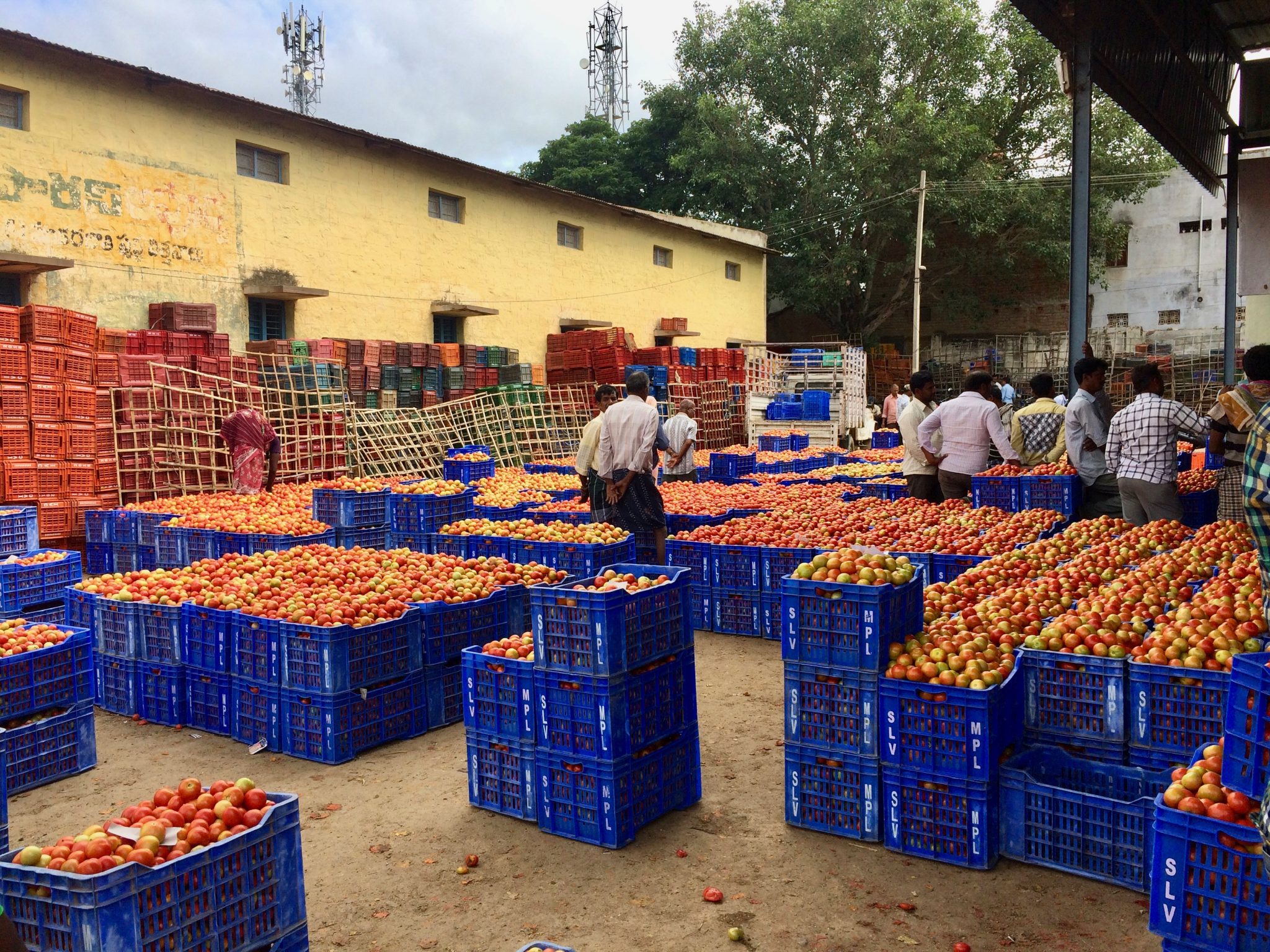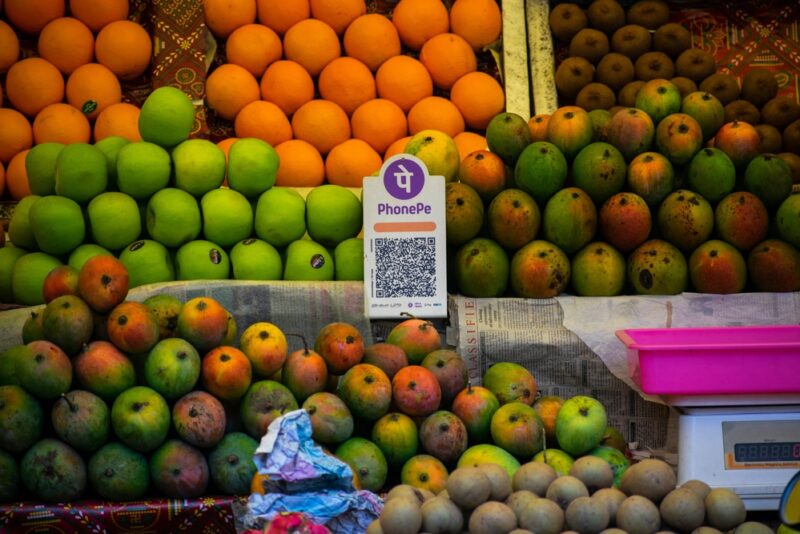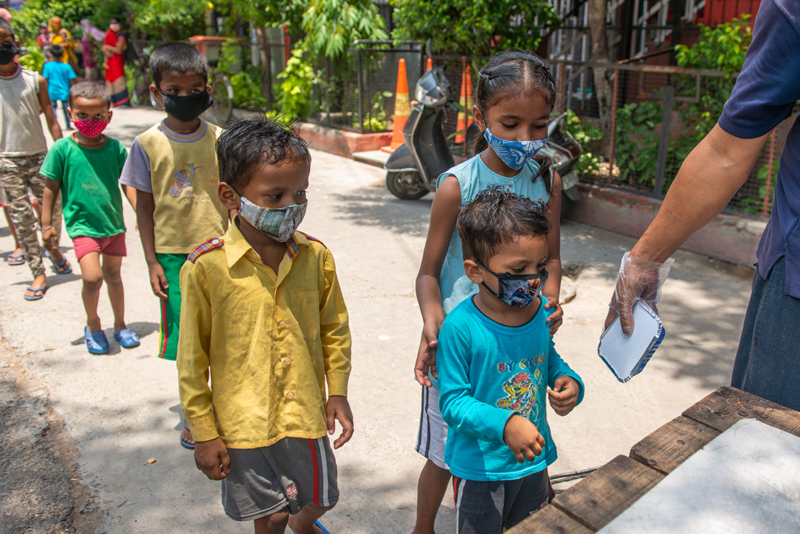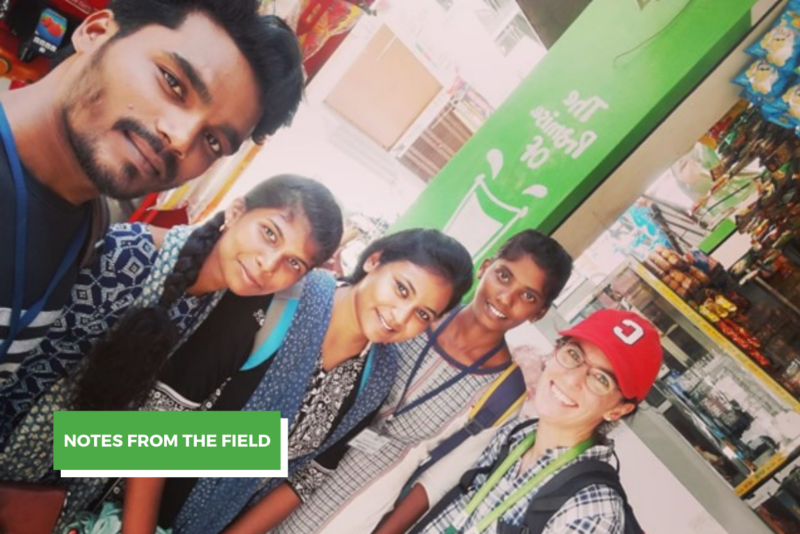What Makes a Good Tomato? Unpacking Tomato Quality Attributes in South India

In this blog post, TCI Scholar Jocelyn Boiteau explores the various attributes different supply chain actors used to judge the quality of tomatoes.
Walking into a daily vegetable market in Madanapalle, Andhra Pradesh, tomato vendors sit next to neatly organized pyramids of their produce. Some are red-ripe and ready to eat that day. Others are a bit under-ripened and can be stored until they too are ready to eat. Set aside are noticeably smaller tomatoes that are marked with ugly black spots. A vendor tells me that she will sell these at a lower rate than the larger, flawless tomatoes just inches away.
Fresh tomato quality can affect shelf-life, acceptability, and food safety. Supply chain actors evaluate tomato quality using easy to identify attributes and their business experience. Different quality tomatoes are directed towards different consumers. If quality is too compromised, tomatoes may be removed from the supply chain completely. Vegetable food loss reduces the availability of this nutritious food group. Pinpointing objective quality metrics is challenging, but necessary for tracking quality loss and monitoring efforts to reduce food loss.
To understand supply chain actors’ perspectives on tomato quality, my research team and I spoke with tomato farmers and traders in Madanapalle and vegetable traders and retailers in Hyderabad, Telangana.

Tomato farmers, traders, and retailers determine the value of tomatoes according to different attributes, such as color and size. (Photo by Jocelyn Boiteau/TCI)
Three Types of Tomato Quality
Supply chain actors consider combinations of tomato quality attributes, making it nearly impossible to describe or measure “quality” with a single word or metric. Instead, we can use the “Search-Experience-Credence” attribute framework to classify quality attributes into three broad categories.
- Search attributes are easy to identify before purchasing the product. Examples of search attributes for tomatoes include price, size, color, and firmness.
- Experience attributes can be identified when consuming the product, such as taste and texture.
- Credence attributes cannot be identified by direct experience. Food credence attributes include nutrient content and food safety.
Search Attributes: Important Sensory Attributes
Supply chain actors mostly rely on sensory attributes when they assess tomato quality. When asked about important attributes, supply chain actors referred to those that they can see or feel. In this way, they do not need to destroy the tomato by, for instance, taking a bite. The table below summarizes important quality attributes by supply chain actor.
Considering the top three most frequently reported attributes, size was important for all supply chain actors. Color was most often reported by farmers, vegetable traders, and vegetable retailers. Firmness was important for tomato traders, vegetable traders, and retailers.
Important Tomato Quality Attributes Ordered by Reporting Frequency
| Farmer (n=75) | Tomato trader (n=83) | Vegetable trader (n=52) | Vegetable retailer (n=50) | |
| Often
reported
↓
Rarely reported |
Color | Firmness | Color | Color |
| Size | Shine | Firmness | Size | |
| Pest/mold damage | Size | Size | Firmness | |
| Shine | Color | Pest/mold damage | Pest/mold damage | |
| Firmness | Pest/mold damage | Shine | Physical damage | |
| Ripeness | Physical damage | Ripeness | Shine | |
| Physical damage | Ripeness | Physical damage | Ripeness | |
| Shape | Shape | Shape | Shape |
Quality attributes may be related to each other, such as color and ripeness. Out of 276 harvests surveyed, 82% of the time, farmers decided to harvest based on ripeness. Changes in demand for different ripeness levels are challenging for farmers.
As one farmer explained: “According to the rates [demand] they will pluck the red color tomatoes. If there are no rates then they will pluck semi-ripened tomatoes. According to where [traders] export, they will tell us; market people will say red [ripe] tomato sales are high.”

Red-ripe tomatoes destined for Chennai, where they are preferred for making sambar, a type of stew. (Photo by Jocelyn Boiteau/TCI)
Experience Attributes: Logistics and Target Markets
Tomato traders export tomatoes out of Madanapalle to other parts of India. Although experience attributes like texture cannot be known until the tomato is used, tomato traders have associated certain search attributes with how tomatoes survive transportation. Supply chain actors may consider firmness as an indicator of the tomato’s water content. Firm tomatoes are better suited for transportation because there is less risk of tomatoes breaking and leaking water, potentially spoiling entire crates.
Supply chain actors are also aware of regional consumer preferences. They may use ripeness and color as indicators for taste and sweetness. Farmers and tomato traders in Madanapalle informed us that red-ripe tomatoes are preferred in Chennai because they are good for making sambar, a type of stew. Supply chain actors keep related search and experience attributes in mind as they respond to regional demand.
Credence Attributes: Food Safety
Although they cannot be identified by direct experience, some supply chain actors do think about credence attributes. Farmers expressed food safety concerns related to the amount of pesticides and herbicides that they apply to plants during production.
“Now we have sprayed chemicals more than ten times on these tomatoes. How much poison may exist? They are poisoned,” one farmer said. “Though you wash the vegetables properly they still have those chemicals on them. We give tomatoes to hotels [restaurants] what do they do? They put them in the mixer and on the switch.”
Market sanitation is also a threat to food safety. From our observations, we routinely saw livestock and rodents in market areas. Tomato crates are placed directly on the dirt ground and are then stacked on top of each other. End consumers may be unaware of these handling details as the tomatoes move along the supply chain to their basket.
Untangling Quality Attributes to Measure Food Quality
Our conversations with farmers, traders, and retailers along the tomato supply chain in South India highlighted the complexity of describing quality attributes. Each supply chain actor looks for attributes that will help them achieve their ultimate goal: to sell tomatoes. Whether it’s a farmer selling tomatoes to a tomato trader or an urban retailer selling tomatoes to household consumers, there are many considerations that each supply chain actor considers. As we look towards reducing quality loss as tomatoes move from farm to market, we will need to be comprehensive in our quality metrics to capture this complexity.
Jocelyn Boiteau is a PhD candidate in the field of international nutrition. As a TCI scholar, her research focuses on quality and quantity food loss in tomato supply chains in India.





